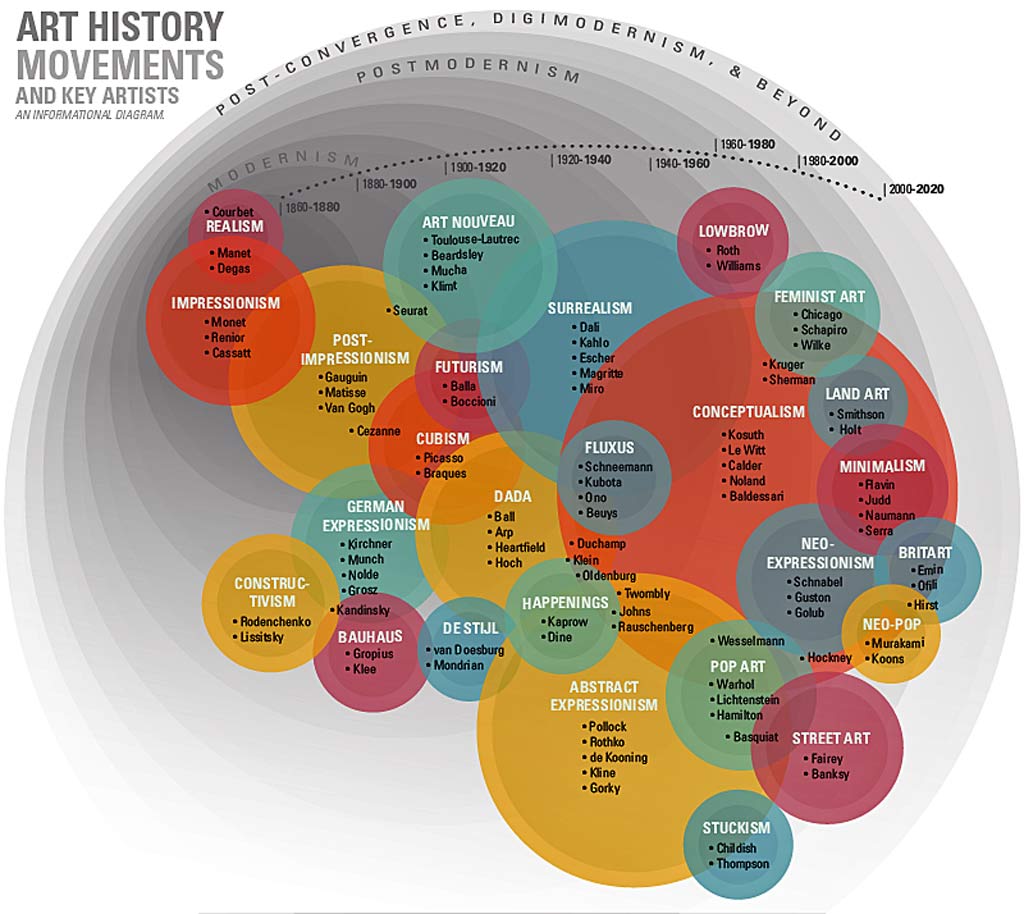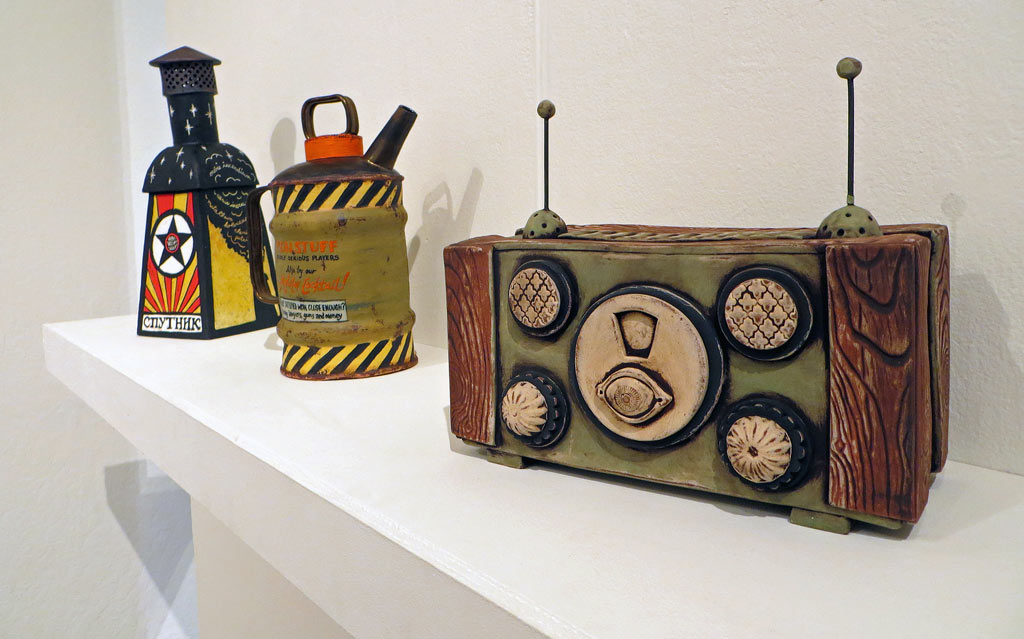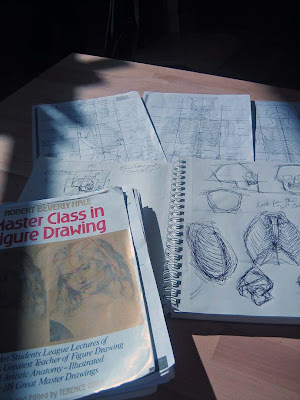A few posts ago I showed ya’ll the results of my figure sculpture studies with Cynthia Siegel this past semester. I wrote that post before Cynthia reviewed my work and, following our brief but thoughtful discussion, there is a bit more to share with you concerning the Two Hour Challenge sculpture of runner Maggie Vessey. Up top is a shot as close to the angle of the source photo (below) as I could get.
Here’s why it’s great to have instruction: Cynthia pointed out aspects of this pose that, given a bit more time, I might have addressed, but one never knows! I will just list these points and you can see for yourself:
1. Maggie has thrown herself down, and is maybe still a little bit in motion. She may have even been rocking slightly. Her butt does not rest on her shoes, as I have modeled it! And even if she was completely still, a runner’s muscled thighs and calves probably wouldn’t let her fold up into a compact Child’s Pose. What I have made is resonant with wet clay not quite being able to stand up in the air AND with the strong emotional folding in of the figure.
2. Maggie’s back is arched. I have modeled a sway back! I kept trying to keep the clay up in the torso, but did not get this all-important line. I feel pretty sure, given more time, I would have restated this until it was fairly accurate. After all, it is the one view I did have!
3. The proportions of the negative space and angles of limbs needs compacting. I have elongated things. Arching the back correctly will help this problem too. The lower leg shin needs to curve upward more.
4. The arms are pretty well done, but they aren’t inserting into the back correctly. There is more of a transition that includes the shoulder blade and that web of muscles….that alone would help with a better back/shoulder curve.
5. Muscles are convex. My thigh muscle on this side is concave…I got it strong on the other side, though!
Now for the Inside Surprise! What drew me to this photo was the memorable and compelling emotion. That’s why I saved it for over nine years, wanting to align with and honor it in a piece of art. Far more than realistic replication, for me, that emotion was the most important aspect to capture, even in a short academic exercise.
Every item I still need to adjust to make the figure’s Outside more true arrived because I was paying more attention to the felt narrative I wanted to express. I got into this position while sculpting and so did Cynthia in our talk! Cynthia even put the whole pose into motion in her discussion of movement and musculature.
If I draw, I craft one view, with many others implied, if I’m lucky. If I sculpt, like it or not, I must address all views, even the ones not easily seen.
At one point in our talk, Cynthia and I picked up this smallish sculpture and discovered the Inner Truth of this pose. I treasure this unrealized, expressive, protective, intimate inside view!
Here is the fearsome power of misery, anger, defeat and the active defiance of all of it too! This is what arises in me when I look at that photo and what my hands wanted to make.
Ultimately getting the figure accurate, in my personal view, is meant to support the message of the work. Like a musician bending notes or playing ahead or behind the beat, a sculptor can choose to simplify, abstract, or distort, too. And if they know where academic, even photographic, realism lies, they are that much more agile in expressing their intentions.
Ultimately, keeping the Inside alive while Adjusting the Outside, sounds like a life skill as well as an artistic one, and in that case, I’m signing on for the duration.













